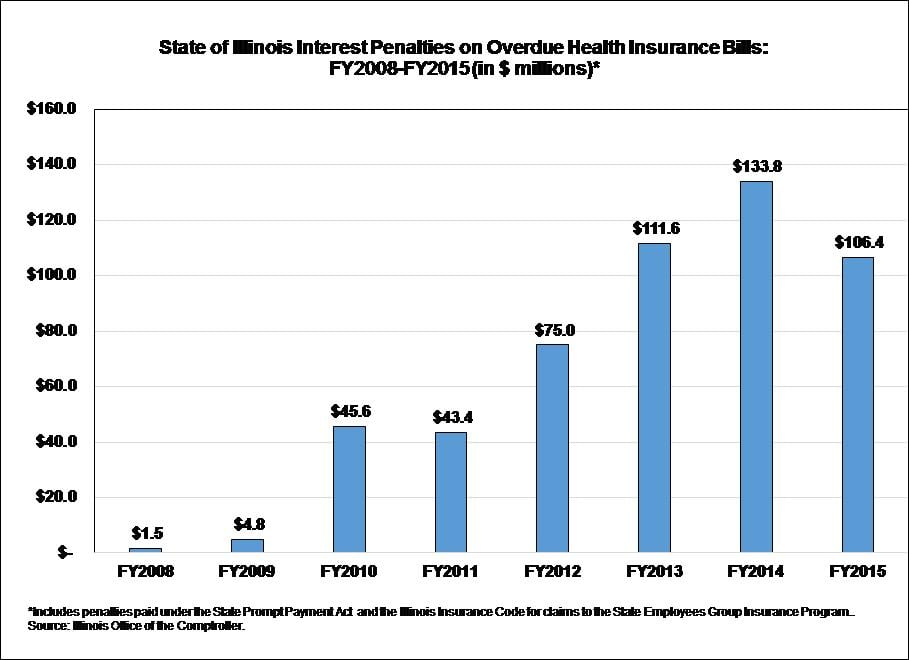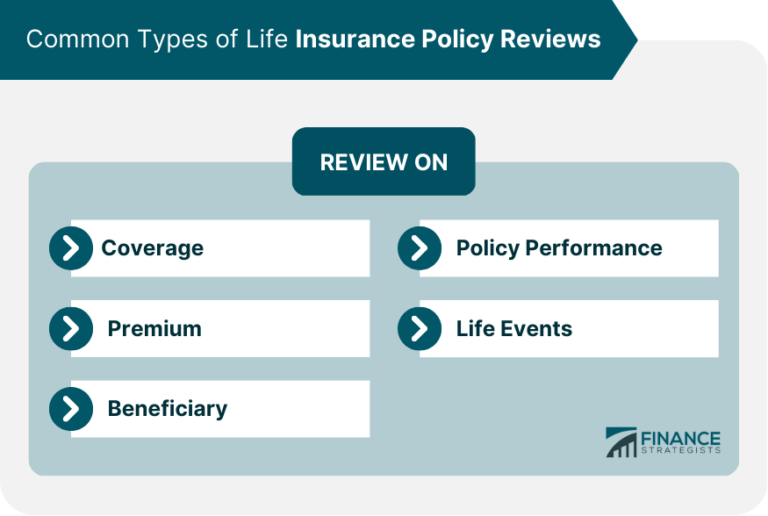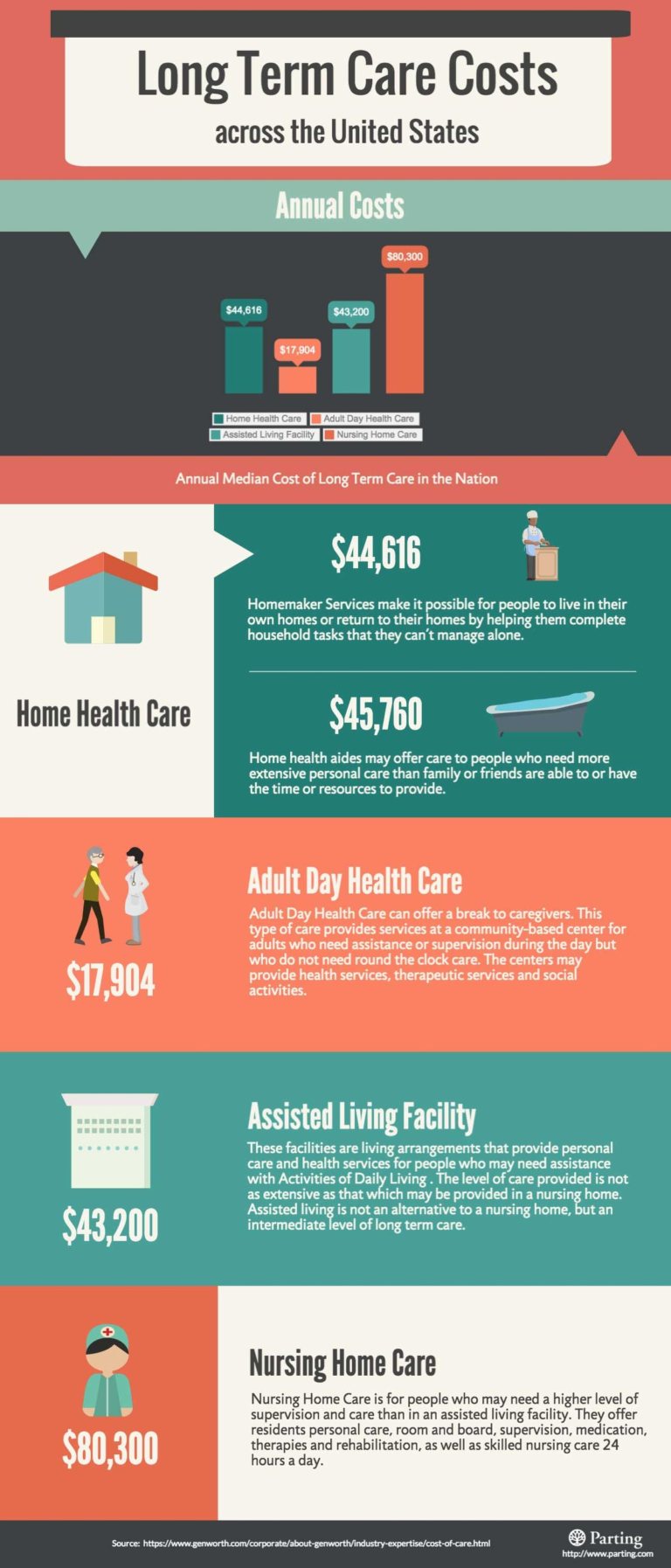Illinois Insurance Bills: Understanding Their Real Impact
Illinois insurance bills, particularly the recent proposals including Illinois HB 4767, have sparked intense debate among lawmakers, insurers, and consumers alike. These legislative measures aim to address the rising insurance costs in the state but may inadvertently lead to increased auto insurance rates for drivers. Critics argue that the bills could undermine competition among insurers, resulting in higher premiums for policyholders while reducing the effectiveness of risk-based pricing. By prohibiting insurers from utilizing key risk factors when determining rates, these bills could disconnect insurance costs from actual risk, ultimately harming lower-risk drivers. Understanding the implications of such legislation is crucial for consumers who are already grappling with the financial strain of insurance costs in Illinois.
The discourse around insurance legislation in Illinois has become increasingly relevant as lawmakers explore new measures to regulate the industry. Recent proposals, like HB 4767, seek to tackle concerns over skyrocketing insurance premiums while raising questions about the effectiveness of traditional pricing models. Alternative approaches to rate-setting, which consider a range of risk factors, are at the heart of this discussion. However, critics warn that limiting insurers’ ability to assess risk accurately could lead to unintended consequences, ultimately affecting the affordability and availability of coverage for consumers. As the conversation unfolds, the need for a deeper understanding of the dynamics behind auto insurance rates and the broader implications of such policy changes becomes imperative.
Understanding Illinois Insurance Bills: HB 4767 and HB 4611
The insurance landscape in Illinois is currently undergoing scrutiny with the introduction of two significant bills: Illinois HB 4767 and HB 4611. These bills aim to address rising insurance costs but have sparked concern among industry experts and stakeholders. Critics argue that these proposed laws could inadvertently increase the financial burden on consumers by driving up the costs for insurers to provide personal auto coverage in the state, ultimately leading to higher premiums for drivers in Illinois.
According to the American Property Casualty Insurance Association, these bills could undermine competition within the insurance market. By restricting insurers from using non-driving factors that predict claims, the legislation may not only disconnect pricing from actual risk but also shift the financial responsibility onto low-risk drivers, who would end up paying more. This legislative approach raises serious questions about the understanding of risk-based pricing among Illinois lawmakers.
The Impact of Risk-Based Pricing on Auto Insurance Rates
Risk-based pricing is a fundamental principle in the insurance industry, allowing companies to set premiums based on the specific risk profile of each policyholder. In Illinois, the proposed changes through HB 4767 and HB 4611 threaten to disrupt this balance. By limiting the factors that insurers can use to assess risk, these bills may lead to a scenario where high-risk drivers could benefit at the expense of low-risk drivers, ultimately inflating the overall cost of auto insurance rates across the board.
The implications of this shift could be significant, as it would lead to an environment where insurers have less flexibility in pricing their products. Without the ability to accurately gauge risk, insurance companies may need to raise rates for all drivers to compensate for potential losses. This could exacerbate the already challenging situation for many Illinois drivers who are struggling with rising insurance costs.
Exploring Illinois HB 4767: Legislative Challenges and Consumer Impact
Illinois HB 4767 represents a legislative effort to reform insurance practices in the state, but its consequences may be counterproductive. By prohibiting the use of certain risk indicators, the bill could undermine the very goals it seeks to achieve. The intent to protect consumers from rising costs could inadvertently lead to fewer options and higher premiums, as insurers adjust their pricing structures to accommodate the new regulations.
Moreover, the failure to recognize the importance of risk-based pricing could lead to a misallocation of resources within the insurance market. Insurers may find themselves unable to accurately price their products, resulting in increased operational costs that will likely be passed on to consumers. As such, Illinois HB 4767 raises critical questions about the long-term viability of the state’s insurance market and its ability to serve the needs of policyholders effectively.
The Role of Insurance Legislation in Shaping Premium Costs
Insurance legislation plays a crucial role in determining how premiums are set and regulated. In Illinois, recent proposals such as HB 4767 and HB 4611 have sparked debates about their potential impact on the cost of insurance. Many industry advocates argue that these bills could hinder competition among insurers, ultimately leading to higher premiums for consumers, rather than the intended relief from rising costs.
Furthermore, the broader implications of such legislation extend beyond immediate cost concerns. By disrupting the established mechanisms of risk assessment, Illinois lawmakers risk creating an environment where insurance becomes less accessible and more expensive for all drivers. A thorough understanding of the intricacies of insurance pricing is essential for policymakers to ensure that legislation supports a fair and competitive market.
Consequences of Limiting Risk Assessment Factors
One of the significant issues with the proposed Illinois insurance bills is the restriction on risk assessment factors. By limiting insurers’ ability to consider relevant, predictive factors, such as credit scores and driving history, the bills could lead to a misalignment of premiums with actual risk. This disconnect means that lower-risk drivers may face higher costs, while higher-risk individuals could benefit from reduced premiums, creating an inequitable insurance landscape.
The consequences of this limitation could ripple throughout the insurance market. Insurers may struggle to maintain profitability if they cannot accurately price their policies based on risk. This could lead to a reduction in coverage options, as some companies might opt to exit the market altogether. Ultimately, consumers may find themselves facing fewer choices and higher prices, a scenario that runs counter to the goals of the proposed legislation.
Addressing Consumer Concerns Over Rising Insurance Costs
With rising insurance costs being a pressing concern for many Illinois drivers, it is crucial for legislators to understand the root causes behind these increases. The current high-rate environment is primarily driven by escalating claims frequency and severity, not merely by the application of risk-based pricing. Policymakers must recognize that consumer frustrations are valid, but the solutions proposed in recent bills may not effectively address these issues.
Instead of implementing restrictive measures that could worsen the situation, lawmakers should focus on strategies that mitigate risk and enhance competition. This includes examining the underlying factors contributing to the rise in claims, such as risky driving behaviors and legal system abuses. By taking a proactive approach, legislators can work towards creating a more sustainable insurance market that ultimately benefits consumers.
The Complexity of Insurance Pricing Models
Understanding the complexity of insurance pricing models is essential for both consumers and lawmakers. Insurers utilize sophisticated algorithms and data analysis to determine premiums based on a multitude of risk factors. However, the proposed changes in Illinois legislation threaten to oversimplify this intricate process, potentially leading to unfair pricing practices that could harm consumers.
As the industry grapples with the challenges posed by these legislative changes, it becomes increasingly important for stakeholders to advocate for a balanced approach. Lawmakers must consider the nuanced relationship between risk factors and insurance costs, ensuring that any changes to legislation do not inadvertently penalize low-risk drivers or stifle competition within the market.
Exploring Alternatives to Current Insurance Legislation
In light of the proposed Illinois insurance bills, it may be time to explore alternative approaches to address rising insurance costs. Rather than imposing restrictions that could ultimately harm consumers, legislators could consider initiatives aimed at improving driver safety and reducing claims frequency. This could involve investing in public awareness campaigns or promoting safer driving practices among Illinois residents.
Additionally, fostering an environment that encourages competition among insurers may lead to more favorable premium rates for consumers. By prioritizing policies that support innovation and efficiency within the insurance industry, lawmakers can create a more robust market that benefits everyone, rather than relying solely on restrictive legislation that could exacerbate existing issues.
The Importance of Education on Risk-Based Pricing for Legislators
One of the most pressing issues highlighted by the introduction of Illinois insurance bills is the apparent lack of understanding among legislators regarding risk-based pricing. Educating lawmakers about the principles of insurance pricing and the benefits of using accurate risk indicators is crucial for developing effective policies that protect consumers without jeopardizing the market’s stability.
By fostering a deeper understanding of how risk-based pricing works, legislators can make informed decisions that promote both affordability and accessibility in the insurance market. This education can help bridge the gap between consumer expectations and the realities of insurance underwriting, ultimately leading to more effective legislation that aligns with the needs of policyholders.
Frequently Asked Questions
What are the implications of Illinois HB 4767 on insurance costs in Illinois?
Illinois HB 4767 is anticipated to increase insurance costs in Illinois by limiting insurers’ ability to use risk-based pricing. This could lead to reduced competition, which may ultimately harm consumers by driving up auto insurance rates. By restricting the factors insurers can consider, this legislation could disconnect premiums from the actual risk of future losses.
How does risk-based pricing affect auto insurance rates in Illinois?
Risk-based pricing is a methodology that allows insurers in Illinois to set auto insurance rates based on individual risk factors. This means that lower-risk drivers can benefit from lower premiums, while higher-risk drivers may pay more. However, proposed legislation like Illinois HB 4767 seeks to limit these risk factors, potentially leading to higher overall insurance costs for consumers.
What is the relationship between insurance legislation and insurance costs in Illinois?
Insurance legislation, such as Illinois HB 4767 and HB 4611, can significantly impact insurance costs in Illinois. These bills may inadvertently increase costs by reducing the ability of insurers to assess risk accurately. This change could lead to higher premiums for safer drivers while allowing riskier drivers to pay less, ultimately raising the average cost of insurance.
Why are Illinois insurance bills like HB 4767 controversial?
Illinois insurance bills like HB 4767 are controversial because they propose changes that could undermine risk-based pricing. Critics argue that these changes could lead to increased insurance costs and decreased competition, which would ultimately harm policyholders rather than help them manage their insurance expenses.
What factors are typically used in determining auto insurance rates in Illinois?
Auto insurance rates in Illinois are typically determined using a variety of risk factors, including driving history, credit score, vehicle type, and geographical location. These factors help insurers assess the likelihood of future claims and set premiums accordingly. However, Illinois HB 4767 seeks to limit the use of certain predictive factors, which could disrupt this pricing model.
How do rising insurance costs in Illinois relate to proposed insurance legislation?
Rising insurance costs in Illinois are closely related to proposed insurance legislation like HB 4767, which may restrict insurers’ ability to utilize risk-based pricing. These legislative measures could lead to higher premiums for consumers by preventing insurers from accurately assessing risk and adapting their rates accordingly.
What is the role of risk-based pricing in the affordability of insurance in Illinois?
Risk-based pricing plays a crucial role in the affordability of insurance in Illinois by allowing insurers to offer competitive premiums based on individual risk assessments. By charging higher premiums to high-risk drivers and lower premiums to low-risk drivers, insurers can provide a range of coverage options that enhance affordability and availability of insurance.
How does Illinois insurance legislation impact competition among insurers?
Illinois insurance legislation, particularly bills like HB 4767, can negatively impact competition among insurers by limiting their ability to price policies based on individual risk. This restriction can lead to fewer choices for consumers and potentially higher costs, as insurers may struggle to remain profitable when unable to assess risk accurately.
What concerns have been raised about the proposed Illinois insurance bills?
Concerns raised about proposed Illinois insurance bills include the potential for increased insurance costs, reduced competition, and the risk of disconnecting premiums from actual risk. Critics argue that these measures could harm consumers by making insurance less affordable rather than addressing the underlying issues driving up costs.
What should Illinois policyholders know about the impact of insurance bills on their rates?
Illinois policyholders should understand that proposed insurance bills like HB 4767 could lead to higher auto insurance rates by limiting risk-based pricing. It’s essential for consumers to stay informed about these legislative changes, as they may affect their premiums and the overall competitiveness of the insurance market in Illinois.
| Key Point | Details |
|---|---|
| Illinois HB 4767 and HB 4611 | Proposed bills in Illinois aiming to address rising insurance costs but likely to increase prices for consumers. |
| Impact on Policyholders | These bills may harm consumers by reducing competition and increasing costs for drivers in Illinois. |
| Misunderstanding of Insurance | Legislation reflects a lack of understanding of risk-based pricing in insurance. |
| Risk-Based Pricing Explained | Insurance premiums should reflect individual risk factors; prohibiting certain factors could lead to higher costs for lower-risk drivers. |
| Concerns of Discrimination | Critics argue that certain rating factors can lead to unfair discrimination against specific groups. |
| Legislative Focus | Policymakers should focus on reducing risks and addressing the root causes of rising claims rather than imposing restrictive pricing measures. |
Summary
Illinois insurance bills, specifically HB 4767 and HB 4611, highlight the ongoing challenges within the state’s insurance landscape. These proposed laws, while intended to alleviate rising costs, may inadvertently increase the financial burden on consumers by limiting the factors insurers can use to assess risk. This could lead to a scenario where low-risk drivers end up subsidizing high-risk drivers, ultimately negating the benefits these bills aim to achieve. It is crucial for legislators to understand the dynamics of risk-based pricing and the factors influencing insurance rates, ensuring that any reforms genuinely benefit Illinois drivers without compromising the overall insurance market.








Whether you’re a brand-new driver or even a
seasoned one, car insurance coverage in Chicago is a non-negotiable
cost. The correct policy can protect you against lawful as
well as monetary outcomes. Contrasting think about
car insurance policy in Chicago helps you locate one of the most affordable possibility.
Try to find client assesses to assess the reliability of various insurer.
Nice blog here! Also your website loads up very fast!
What host are you using? Can I get your affiliate link to your host?
I wish my website loaded up as fast as yours lol
If you’re asking yourself where to obtain the most ideal car insurance coverage in Chicago, lots of online systems permit you to effortlessly contrast rates.
In this manner, you can easily create a knowledgeable decision just before
purchasing a policy.
If you steer regularly in Chicago, comprehensive auto insurance in Chicago is extremely
suggested. It covers every thing coming from crashes to
burglary, guaranteeing you are actually totally safeguarded whatever takes place.
Nice blog here! Also your web site loads up very fast! What web
host are you using? Can I get your affiliate link to your host?
I wish my site loaded up as fast as yours lol
SR22 insurance is commonly needed for drivers that possess
a past history of web traffic offenses. It
may aid make certain that you meet your condition’s economic duty needs.
Just before purchasing car insurance in Chicago, it’s worth
taking into consideration the degree of insurance coverage you need.
Consider your car’s value and also the dangers related to your driving routines.